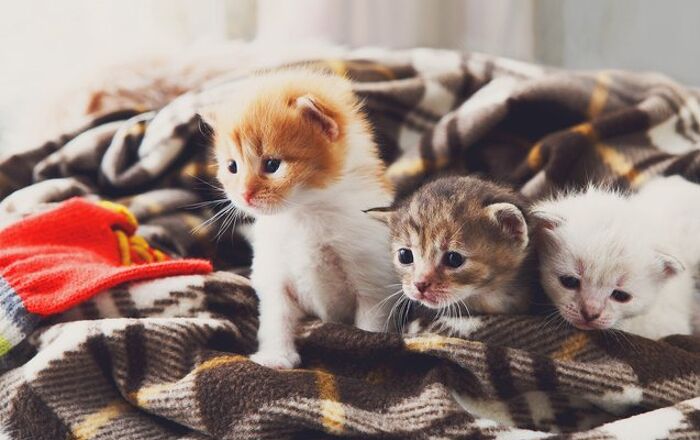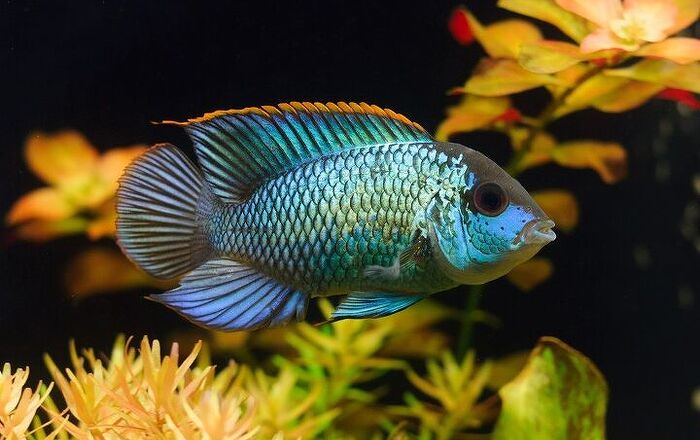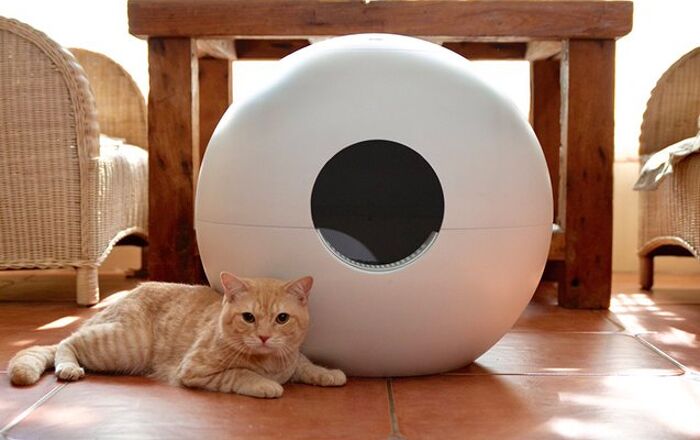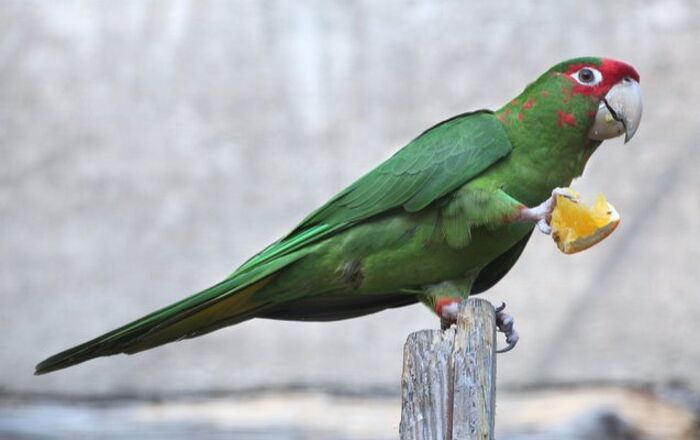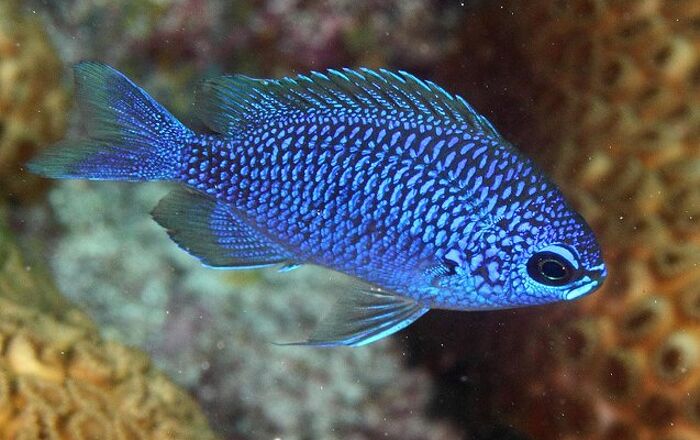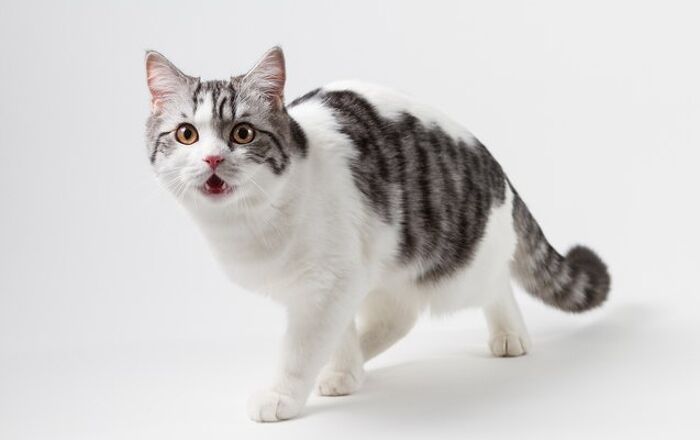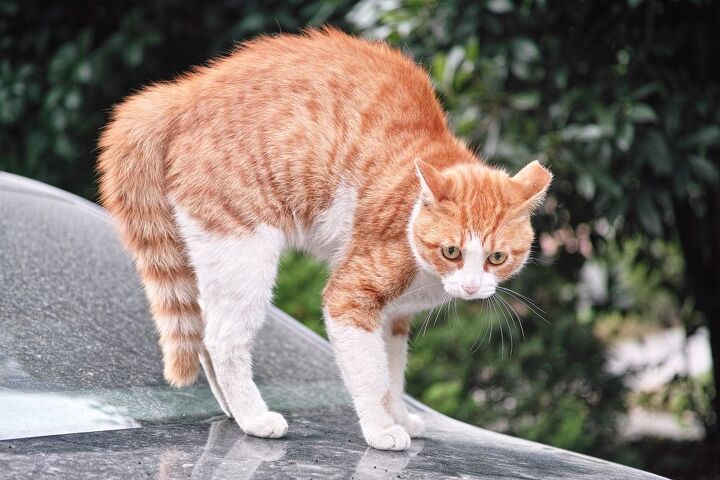
We’re not talking about the popular yoga position. What does a cat’s arched back mean?
Sometimes, it can be hard to figure out what your cat is trying to tell you or what she’s feeling. But these amazing little creatures say quite a bit through their body language. So, by getting to know more about feline body language, you might be able to understand your kitty better, and that can help you better respond to her needs as well.
As you start to look at your cat’s movements every day, you’re bound to notice that there are a few that she repeats often. And one of those movements is the arching of her back. You’ve seen photos of cats arching their backs, and you’ve probably seen plenty of drawings of cats with their backs arched too. But even if you’ve seen this posture a lot, you might not know what it means.
What is a cat thinking and feeling when she arches her back? And how should you behave towards a cat who is arching her back? Well, there are a few different emotions that could cause this classic feline stance, and the reason for this posture can help you figure out what you need to do to help your cat feel at ease.
To help you out in this area, we cover a few of the main reasons why cats arch their back, and you can read about them below.
It Might Be Fright
If your kitty’s feeling threatened, she might arch her spine. In this case, her fur will likely also be sticking up, to the point that her tail will look puffed. Between the arched back and the fur sticking up, you can see that this is a cat’s attempt at looking bigger and tougher. There might even be a sideways stance, or your kitty might start growling or hissing. The goal is to make herself look scary enough to avoid a fight, while also letting her threat know that she’s ready to defend herself if necessary.
Related:How To Understand Cat Body Language
What should you do if your cat is arching her back because she’s scared and defensive? It’s probably best to keep your distance until she calms down. Her body language is asking for space, so give your kitty some time to realize there isn’t anything to be afraid of after all. It might be that something harmless spooked her and she got into this defensive posture right away, so it’s just a matter of reassuring her that everything is fine. Or, if you live in a multi-cat household, she might feel the need to show off her stature if she isn’t getting along with one of your other kitties.
If your cat is frightened or stressed often, it’s best to take steps to help her feel confident and relaxed in her environment. Try to figure out what’s causing her to feel afraid or uneasy, and then aim to remove those triggers. And if it’s a matter of your kitties not getting along, there are some strategies you can implement to help everyone settle down and feel comfortable around each other.
It Might Be Playfulness
An arched back doesn’t always mean that a cat is fearful or defensive. When kittens play, they sometimes arch their backs, and they might even hop around at the same time. They might do this when playing with each other, or they may even behave this way towards a toy or the person that they’re playing with. It’s entertaining, for sure, and this is their way of learning and growing up to be confident cats. And you might notice the same behavior in adult cats too, whether they are playing with you, a favorite toy, or another kitty or pet.
If a cat looks happy and isn’t displaying other signs of aggression, like hissing or showing teeth, you can probably assume that the arched back is just related to playing, so you won’t need to make it a point to keep your distance. You might even be able to engage in the play session so your pet can practice defending herself. Grab a toy that she loves attacking and get some fun interaction with your furry friend so she can unleash her inner predator and get some exercise.
Remember, when your cat arches her back, it’s a matter of seeing what’s going on around your pet, as well as what is in the environment. That simple observation can help you figure out if her arched back is really the result of playfulness or not.
It’s Also a Great Stretch
Another thing that’s pretty obvious about cats is that they love to stretch. Well, arching the back serves as an effective stretch that helps cats keep their bodies nice and flexible. After taking a long nap, your cat will probably get up and stretch her body out to loosen it up again, and arching her back may be part of her routine. You might even decide to place some scratching posts strategically in the area where your cat likes to nap so she can enjoy yet another stretch that way too.
When your cat arches her back just to stretch, you’ll notice that she’s completely at ease, so there aren’t any signs of aggression or defensiveness. Of course, you won’t need to keep your distance, and your kitty might even ask to be petted or fed.
Arched Back: One of Many Ways Cats Communicate Through Body Language
Cats say a lot through their body language, so if kitties are a part of your family, it’s a great idea to get to know what they’ll typically look like when they’re angry, scared, playful, relaxed, happy, etc. Taking the time to learn about your cat in this way can help you make sure you’re doing everything you can to make her feel content.
One thing to keep in mind about feline body language is that it isn’t always super easy to decipher what cats are thinking. Often, it’s subtle, like the position of their ears and whiskers, while other times, it’s more obvious, like an arched back. So, the next time your kitty arches her back, you may be able to figure out what she’s feeling, and you’ll know how to proceed.
